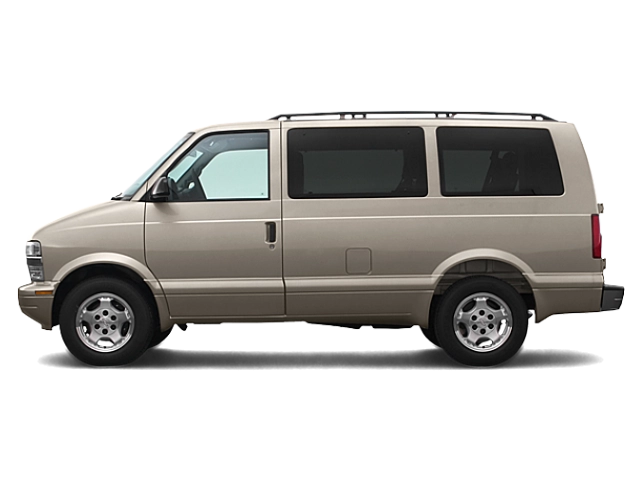2001 Chevrolet Astro Owner's Manual

Table of Contents
2001 Chevrolet Astro Overview
Introduction
The 2001 Chevrolet Astro is a versatile and reliable van designed to cater to both families and commercial needs. Known for its sturdy construction and spacious interior, the Astro offers a blend of functionality and comfort. With a reputation built on dependability, this model remains a popular choice for those seeking a practical yet stylish means of transportation.
Powertrains
The 2001 Astro is equipped with a robust 4.3-liter V6 engine that delivers a solid performance, producing 190 horsepower and 260 lb-ft of torque. This powertrain ensures that the van is capable of handling a variety of driving conditions, while the standard rear-wheel drive offers enhanced stability. Optionally, the Astro also provides an all-wheel-drive configuration, making it a capable vehicle for handling adverse weather and off-road terrain.
Trims
Features
Built for versatility, the 2001 Astro offers an impressive range of features designed for modern convenience. Notable amenities include a spacious cabin with seating for up to eight passengers, ample cargo space, and optional rear air conditioning for passenger comfort. Standard safety features include anti-lock brakes and driver-side airbags, contributing to a safe driving experience.
Owner's Manual
The owner's manual for the 2001 Chevrolet Astro serves as a comprehensive guide for responsibilities concerning maintenance, operation, and troubleshooting of the vehicle. It provides valuable information on essential topics, such as recommended fluid types, tire pressures, and service intervals, ensuring that owners have all the necessary tools to keep their Astro running smoothly for years to come.
User manual download
The Chevrolet Astro owner manual for the 2001 model year is to be found in PDF downloadable format on this page. The owner manual for the model year 2001 is free and in English, but the repair manuals are usually not easy to get and may cost more.
Manual Questions
Fill the form below and someone will help you!

